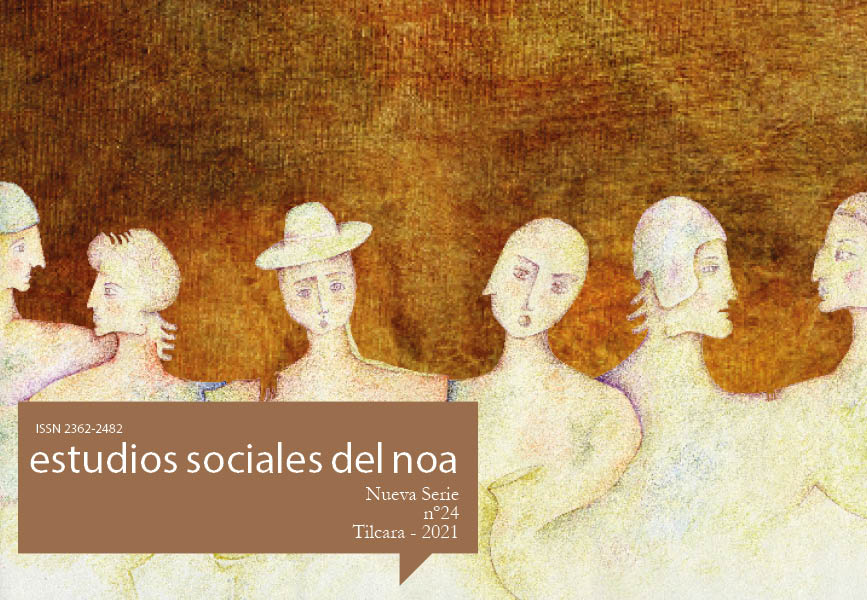Mineral beads and macro regional circulation in the central-southern Andes. A look from the Quebrada de Humahuaca, Jujuy (1st millennium AD)
Abstract
The results of the characterization of a set of 2,200 mineral beads are presented, which constituted the funerary material identified during the archaeological rescue work carried out in the agglomeration of Tilcara (Jujuy). Two lines were explored for the study of these materials: 1) macroscopic characterization and compositional determination by XRD, and 2) morpho-technological analysis. As a result, four mineral varieties used as supports for making the beads were identified: sodalite and turquoise mostly, and chrysocolla and jasper to a lesser extent. The results were integrated in a contextual perspective, at the scale of the site, region and macro-region, in order to evaluate probable sources of supply to obtain the beads, and explore productive aspects (morphologies, dimensions, standardization). This allowed proposing, for the first centuries of the first millennium of the era, a high mobility of ornamental goods, as well as links between local populations (or part of them) with the central-eastern area of Bolivia and northern Chile, within the framework of exchange circuits that they covered a wide territory. This hypothesis is based on the potential origin of the minerals and the antecedents of extra-regional networks indicated by other investigations for the local villages of the Formative Period.Downloads
Authors who publish in this journal accept the following conditions:
- The authors or translators retain the copyright and assign to the journal the right of first publication, with the work registered under the Creative Commons Attribution-NonCommercial-ShareAlike 4.0 International, which allows third parties to use what published as long as they mention the authorship of the work and the first publication in this journal.
- Authors may enter into other independent and additional contractual agreements for the non-exclusive distribution of the version of the article published in ESNOA (eg, include it in an institutional repository or publish it in a book) as long as they clearly indicate that the work was first published in this journal.












